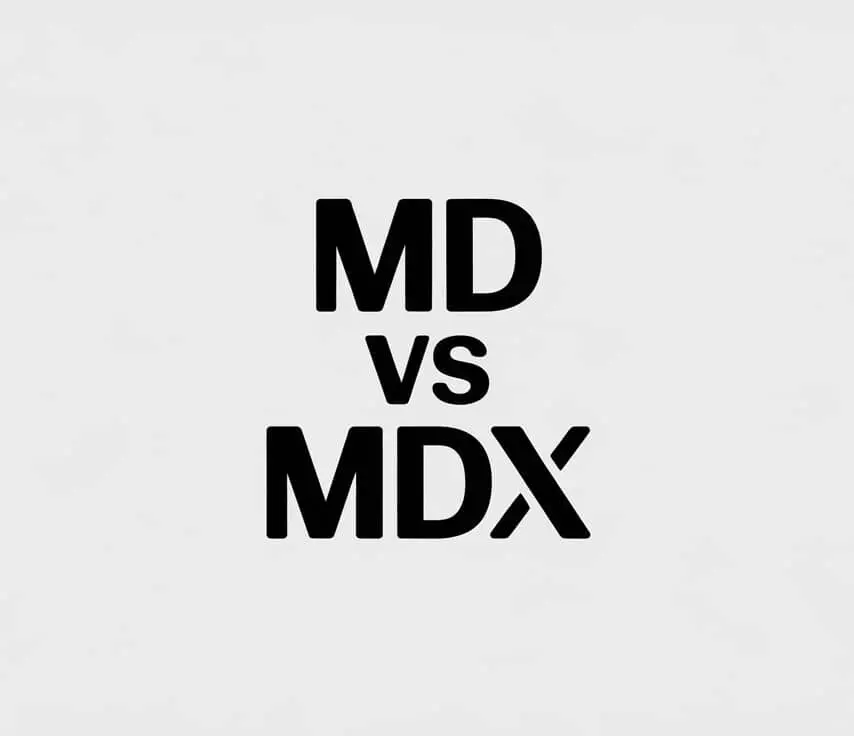MDX vs Markdown: Understanding the Differences
If you’re writing content for the web, you’ve probably heard of both Markdown and MDX. While they might seem similar at first glance, they serve different purposes and have distinct capabilities. Let’s break down the differences and help you choose the right format for your needs.
What is Markdown (.md)?
Markdown is a lightweight markup language that lets you write formatted content using plain text. It’s designed to be:
- Easy to read and write
- Simple to learn
- Convertible to HTML
- Platform-independent
Example of Markdown:
# Title
**Bold text** and *italic text*
- List item 1
- List item 2
What is MDX (.mdx)?
MDX is Markdown for the component era. It’s a format that lets you:
- Write JSX in your Markdown
- Import and use React components
- Create interactive blog posts
- Build dynamic documentation
Example of MDX:
import { Chart } from './Chart'
import { Counter } from './Counter'
# Interactive Post
Here's a chart of our data:
<Chart data={someData} />
And a counter component:
<Counter />
Key Differences
1. Functionality
Markdown (.md)
- Static content only
- Limited to basic HTML elements
- No dynamic components
- Perfect for simple blog posts
MDX (.mdx)
- Dynamic content possible
- Can use React components
- Supports JavaScript expressions
- Great for interactive documentation
2. Learning Curve
Markdown
- Very easy to learn
- Minimal syntax
- No programming knowledge required
MDX
- Requires JavaScript knowledge
- Understanding of React/components
- More complex syntax
3. Use Cases
When to Use Markdown:
- Simple blog posts
- README files
- Basic documentation
- Content-focused articles
- When writers aren’t technical
When to Use MDX:
- Interactive tutorials
- Technical documentation
- Component showcases
- When you need dynamic content
- When your team knows React
Performance Considerations
Markdown
- Faster parsing
- Lighter weight
- No JavaScript overhead
- Better for simple content
MDX
- More processing required
- Larger bundle size
- JavaScript dependency
- Better for complex features
Best Practices
For Markdown
- Keep it simple
- Focus on content
- Use basic formatting
- Stick to standard syntax
For MDX
- Import components sparingly
- Keep JavaScript minimal
- Document component usage
- Consider build time
Making the Choice
Choose Markdown when:
- Your content is primarily text
- You want maximum compatibility
- Performance is crucial
- Writers aren’t developers
Choose MDX when:
- You need interactive elements
- Your content requires components
- You’re building documentation
- Your team is technical
Conclusion
Both Markdown and MDX have their place in modern web development:
- Markdown excels at simple, content-focused writing
- MDX shines when you need interactivity and components
For most blog posts and basic content, stick with Markdown. If you need interactive elements or component integration, MDX is your best choice.
Remember: The goal is to communicate effectively with your audience. Choose the format that best serves your content and your readers’ needs.

About Jun Cho
Founder of June Web Design LLC, specializing in modern Fullstack development and design.
